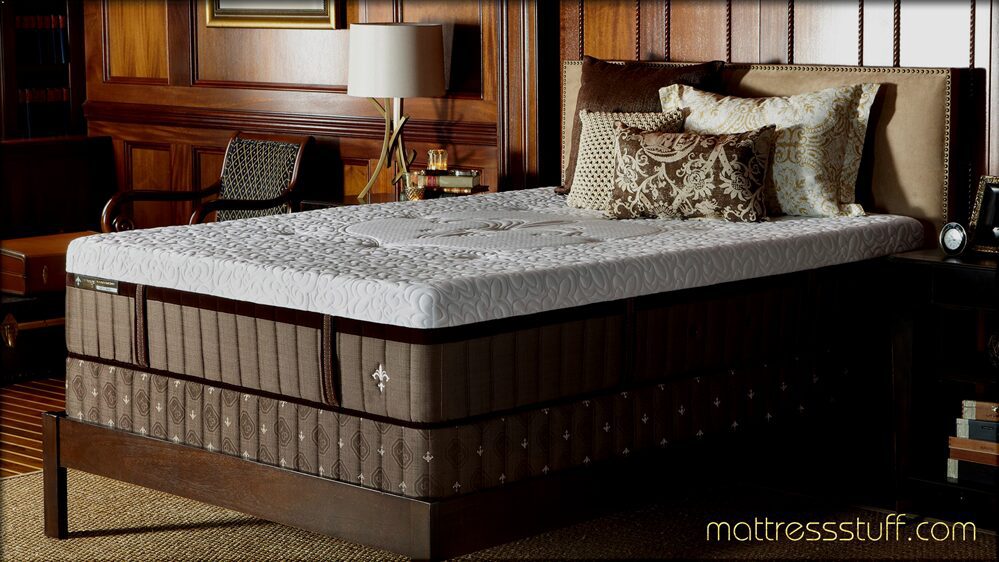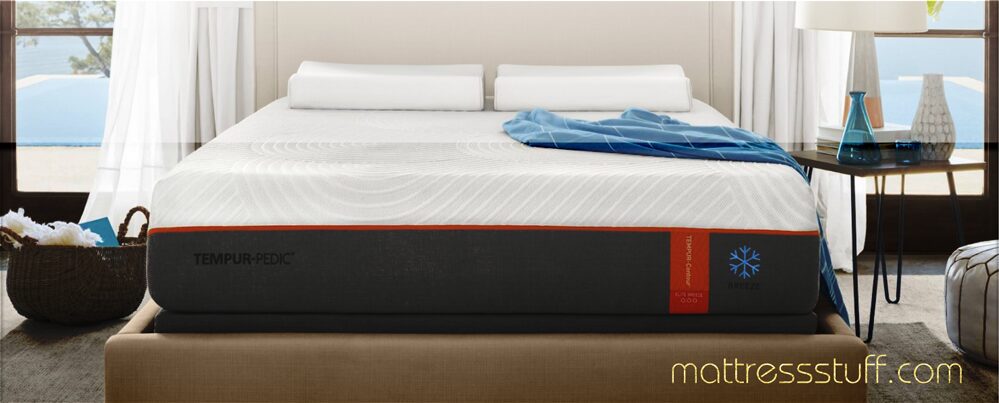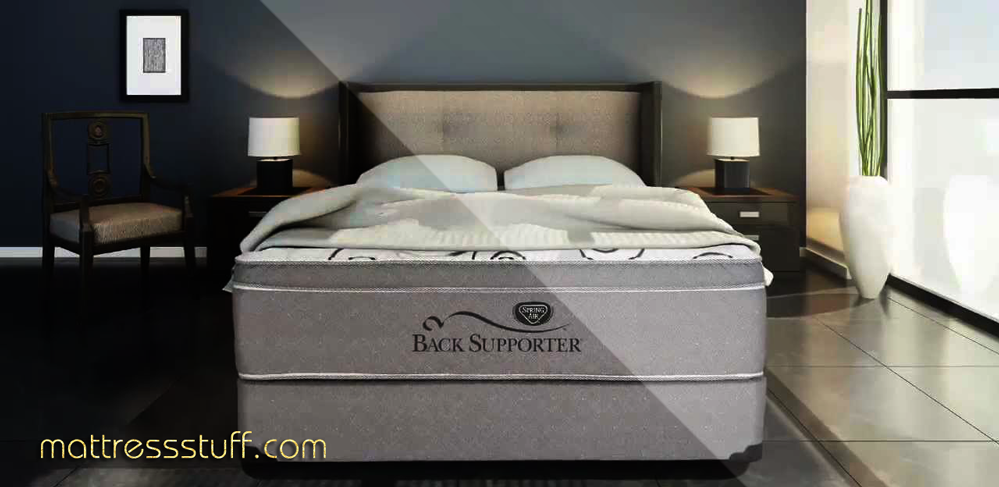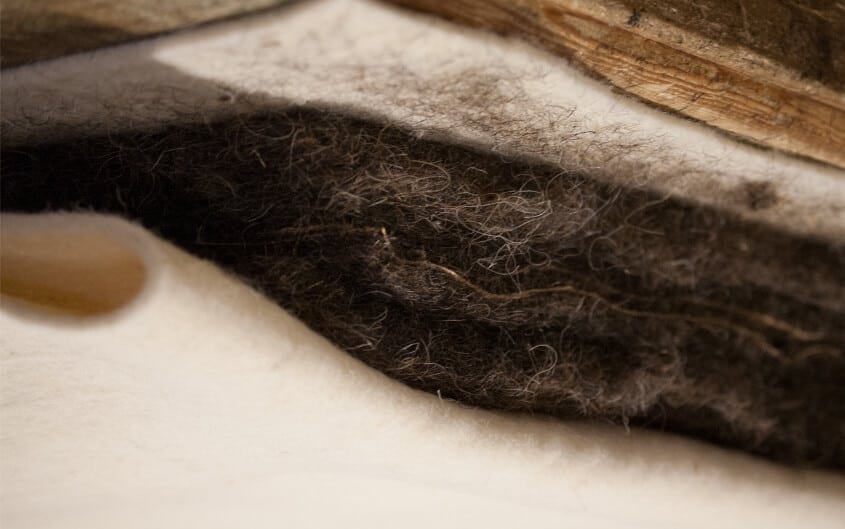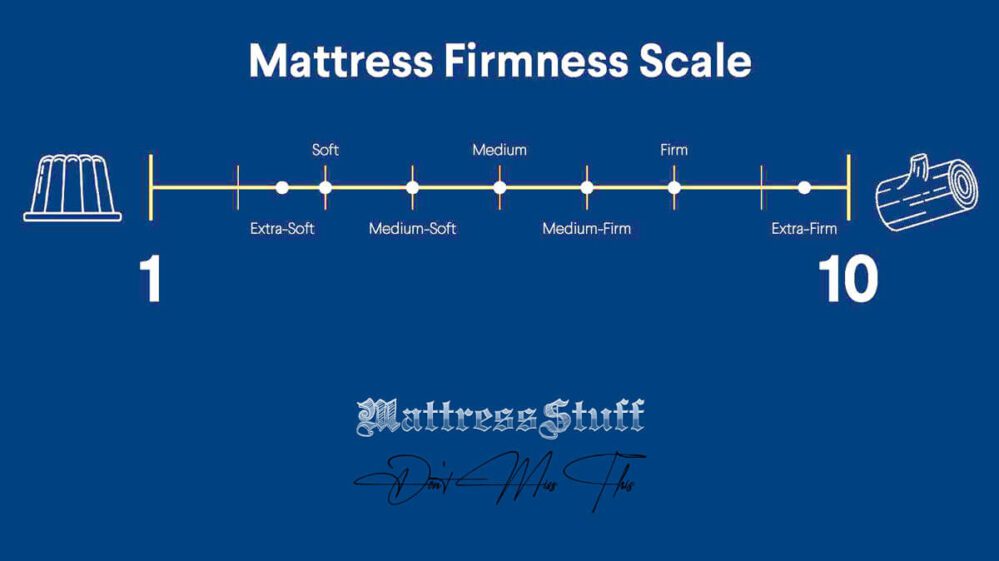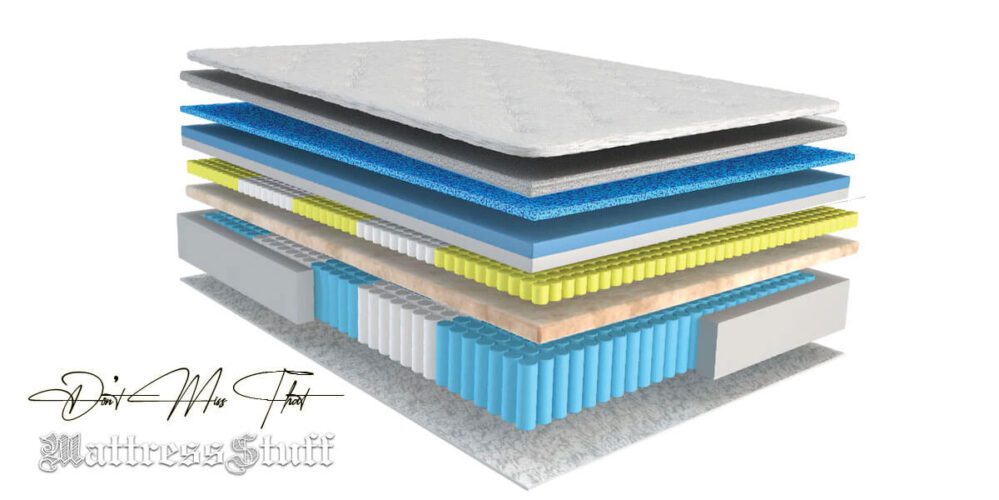
Table of Contents
Introduction
A good night’s sleep is essential for maintaining physical and mental well-being, and choosing the right mattress is key to achieving this. One of the most important factors to consider when choosing a mattress is the type of support layer it has.
This article will provide an overview of the importance of mattress support layers, their role in the construction of a mattress, and the different types of support layers available.
Overview of the Importance of Mattress Support Layers
A mattress support layer is the layer of material that sits between the comfort layer and the foundation of a mattress. It provides the structural integrity and support needed to keep the spine in proper alignment while sleeping.
Without a proper support layer, the comfort layer can lose its shape and effectiveness over time, leading to discomfort and poor sleep quality.
Definition of Mattress Support Layers and Their Role in the Construction of a Mattress
The support layer is typically made up of innerspring coils, foam encasement or base foam.
The coils are responsible for providing the underlying support and structure of the mattress, while the foam encasement or base foam is used to enhance the support and durability of the mattress.
The comfort layer is then placed on top of the support layer to provide the softness and cushioning needed for a comfortable sleep surface.
Types of Mattress Support Layers:
Innerspring Coils
A description of innerspring coils and how they provide support. Innerspring coils are the most traditional type of support layer and have been used for over a century. They consist of steel coils that are individually wrapped and designed to provide support and conform to the body’s shape.
Pros:
- Innerspring coils are durable and long
- lasting
- Provide good support and conform to the body’s shape
- Are relatively inexpensive
Cons:
- Can create noise when you move on the bed
- Can retain heat
- Can sag over time
Pocketed Coils
A description of pocketed coils and how they differ from innerspring coils. Pocketed coils are similar to innerspring coils, but they are individually wrapped in fabric pockets. This allows them to move independently and provide more targeted support to specific areas of the body.
Pros:
- Provide more targeted support
- Less noise when moving on the bed
- Reduce motion transfer
Cons:
- Can be more expensive
- Can retain heat
Foam Encased Coils
A description of foam encased coils and how they provide support. Foam encased coils are a combination of innerspring coils and a foam encasement. The foam encasement provides additional support and reduces the amount of motion transfer.
Pros:
- Provide good support and conform to the body’s shape
- Reduce motion transfer
- Less noise when moving on the bed
Cons:
- Can retain heat
- Can be more expensive
Base Foam
Base foam is a layer of foam that is placed on top of the support coils. It provides additional support and helps to reduce motion transfer.
Pros:
- Provide additional support
- Reduce motion transfer
- Less noise when

